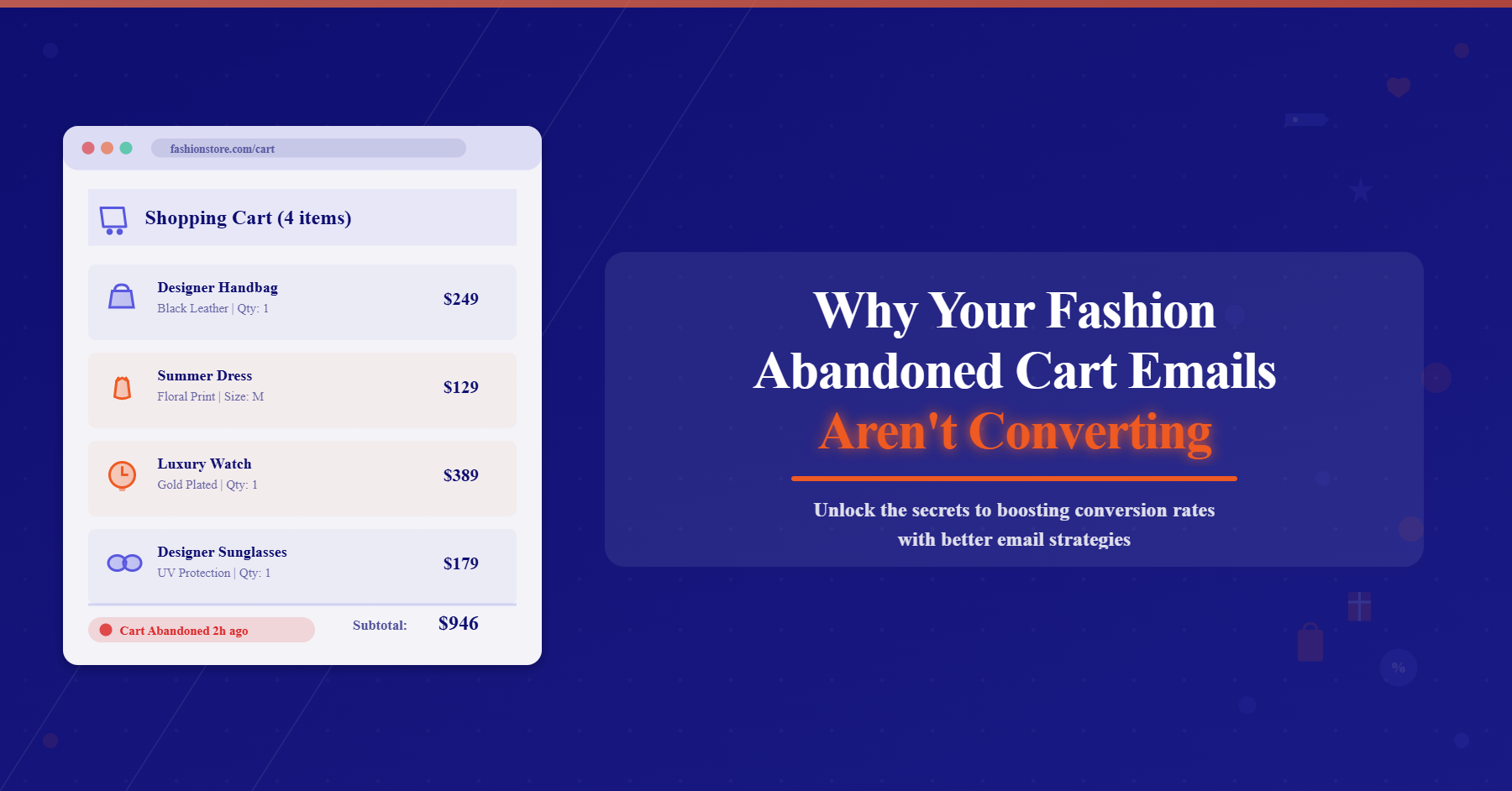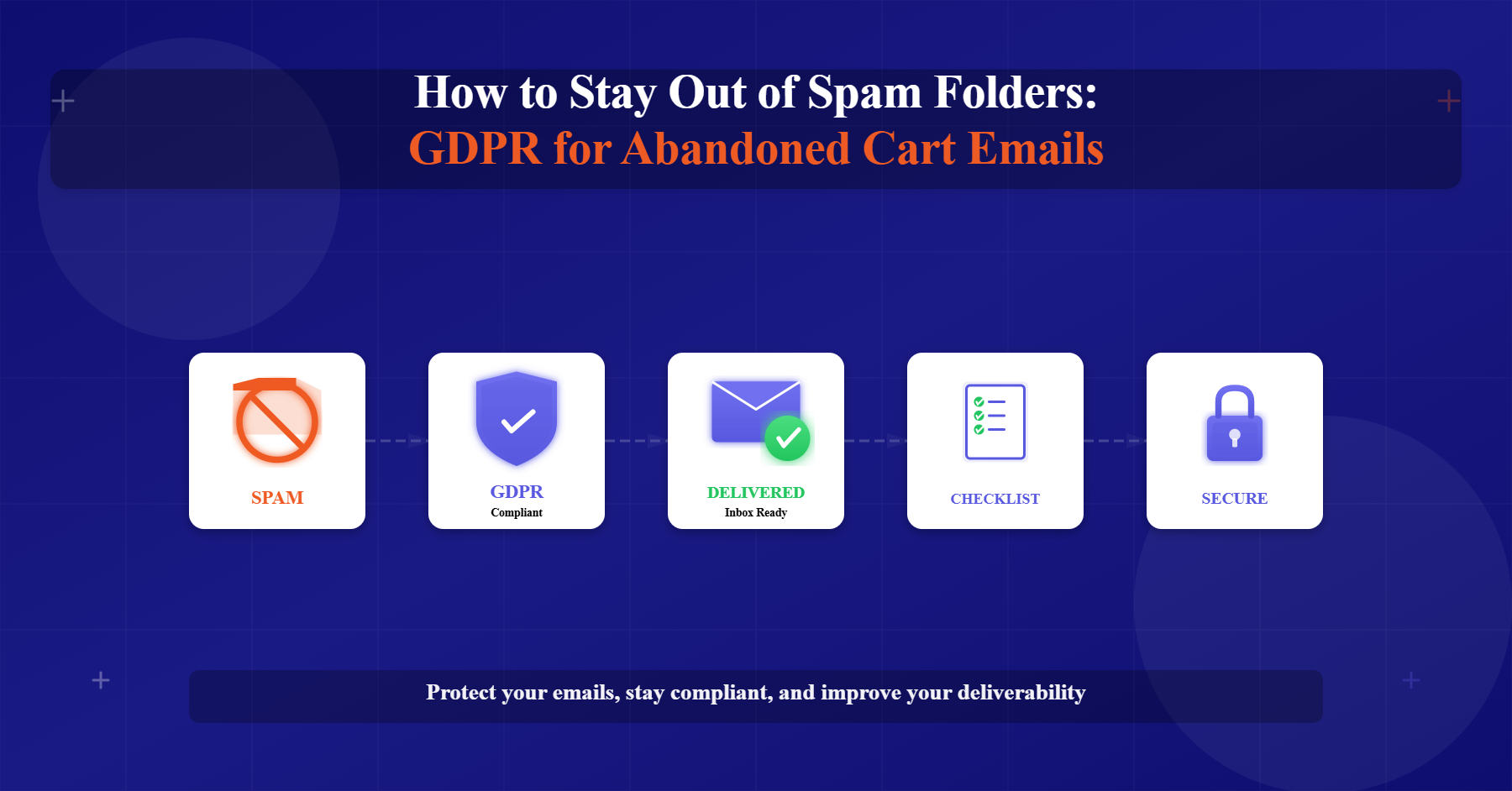Marketing automation has revolutionized the way e-commerce businesses engage with their customers. From email sequences to personalized SMS and dynamic email segmentation, automation helps streamline marketing efforts and drive revenue.
But how do you know if your automation efforts are actually working?
This guide will walk you through the most important marketing automation KPIs to track marketing automation success. And you can accurately determine whether your marketing automation strategy is truly successful.
Defining Marketing Automation Success
Before diving into specific metrics, it’s essential to define what success looks like for your business. It is different from increasing the number of emails sent or workflows activated.
Improving efficiency: Reducing manual workload and increasing automation impact.
Enhancing customer engagement: Higher open rates, CTRs, and conversions.
Increasing revenue: Making more sales through automated flows.
Strengthening customer retention: Ensuring repeat purchases and long-term loyalty.
To measure marketing automation success, align your strategy with clear business objectives. A small e-commerce brand may focus on increasing email engagement. An enterprise-level business might prioritize customer lifetime value (CLV) and retention.
Essential Metrics for Measuring Marketing Automation Success
Not all metrics are created equal. Some are vanity metrics that look good to chase on paper but don’t drive real business value. Here are some of the marketing automation KPIs you can track.
1. Engagement Metrics
Engagement metrics provide insight into how well your audience interacts with your automated campaigns. These metrics reveal whether your audience finds your marketing content relevant and compelling.
Open Rate: The percentage of recipients who open your emails or SMS messages.
Click-Through Rate (CTR): The number of recipients clicking on links within the email.
Conversion Rate: The percentage of users who take the desired action (e.g., making a purchase). Just like reflective essay writing services focus on providing tailored, thoughtful content to engage readers, marketing automation should aim to deliver personalized, engaging messages to increase open and click-through rates.
2. Efficiency Metrics
Marketing automation success means your marketing automation workflows are more efficient. Here’s how to measure that.
Time Saved: How much manual work is eliminated due to automation.
Email/SMS Send Time Optimization: Tracking engagement based on automated send times.
Workflow Efficiency: Analyzing how well automation moves customers through the sales funnel.
3. Customer-Centric Metrics
Understanding customer behavior is critical for long-term success.
Customer Retention Rate: Measures how many customers keep coming back.
Customer Lifetime Value (CLV): The total revenue expected from a single customer over time.
Churn Rate: The percentage of customers who stop engaging or making purchases.
4. Revenue & ROI Metrics
Ultimately, marketing automation should contribute to your bottom line.
Revenue per Email/SMS Campaign: Tracks how much revenue each campaign generates.
Cart Abandonment Recovery: Measures how well automated abandoned cart emails bring customers back.
Overall ROI: Compares marketing automation costs to revenue generated.
How to Track & Analyze These Metrics
Tracking and analyzing marketing automation success requires a systematic approach. Here’s how you can effectively measure your automation performance.
Step 1: Choose the Right Tracking Tools
Use platforms that provide in-depth analytics and reporting for automation campaigns.
TargetBay – Best for e-commerce email and SMS tracking.
Google Analytics – Helps track website traffic and conversions from automated campaigns.
HubSpot – For CRM and automation performance tracking with a certified HubSpot agency partner.
Customer Data Platforms (CDPs) – Unifies customer data across multiple automation tools.
Step 2: Set Up KPI Dashboards
Create a centralized dashboard that displays real-time data on key metrics, such as email open rates, CTRs, conversions, and ROI. Most AI workflow automation tools allow you to customize dashboards based on your goals.
Step 3: Monitor Trends Over Time
Analyze performance data weekly or monthly to spot patterns. Look for:
Engagement spikes or drops after changes in automation flows.
Customer behaviors that indicate higher interest levels. (For example, repeat opens and clicks). Just like when students might use a do my English homework service to consistently improve their assignments over time, marketers should regularly review automation performance to refine strategies and achieve better results.
Correlation between automation efforts and revenue growth.
Step 4: A/B Test Your Automation
Test your automation workflows and also experiment with different automation elements to find what works best. Using TargetBay for Email Marketing, you can A/B test the following key variables.
Test subject lines, CTAs, and email layouts.
Compare different send times and frequencies.
Assess the impact of personalized vs. generic messaging.
Step 5: Optimize Based on Insights
Once you’ve gathered enough performance data from your automation workflows systematic improvements become easy. Here are some of the steps you can take to optimize your automation.
Refine audience segmentation to target high-intent users.
Adjust messaging and timing for improved engagement.
Remove underperforming sequences and double down on high-performing ones.
Common Mistakes to Avoid When Measuring Automation Success
While having the right tools is essential, errors in data interpretation, improper tracking, and ineffective strategy adjustments can lead to misleading results.
For instance, businesses might track too many vanity metrics that do not contribute to revenue growth or engagement. Ignoring attribution models can also make it difficult to understand which automation touchpoints drive conversions.
Similarly, failing to A/B test workflows or optimize based on insights can prevent businesses from achieving their full automation potential. More common mistakes you must avoid.
Tracking too many irrelevant metrics: Focus on data directly impacting revenue and engagement.
Ignoring attribution models: Ensure you understand where conversions are coming from (email, SMS, ads, etc.). Advanced techniques like marketing mix modeling can further reveal how different marketing channels collectively influence revenue.
Not A/B testing automated workflows: Test different subject lines, email sequences, and messaging styles.
Failing to optimize based on data insights: Metrics should guide future decisions, not just serve as reports.
The Key to Optimizing Marketing Automation Success
Tracking the right KPIs in your marketing automation opens the window for iterative improvement. The key is choosing the right tools to ensure you get accurate data to work with and see incremental results. TargetBay offers robust Email and SMS marketing automation solutions to track, refine, and maximize automation impact.






